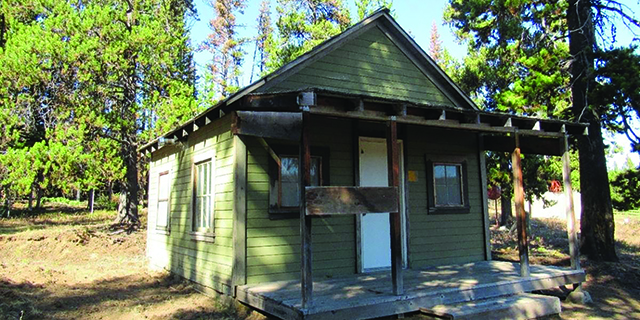Good summer advice: Stay hydrated
Published 12:05 pm Tuesday, July 10, 2018
The world is approximately 70 percent water, and much of it not drinkable (96.5 percent of the Earth’s water is in the oceans).
The human body is made of about 60 percent water. That is a lot of water. Water is a nutrient, necessary for survival. You can go without water for only about three to four days before death occurs.
Trending
In an article for the blog healthline, written by Kris Gunnars, a common rule of thumb promoted by many health officials for years has been the eight eight-ounce glasses of water per day as a goal to aspire.
This can vary from person to person. People who are very active and perspire a lot may need more water than someone who is less active. Hydration can come in the form of vegetables and other liquids (i.e. vegetable juices, milk and herbal teas).
Eating fruit with a high water content, such as that summer favorite watermelon, also count toward the day’s total fluid intake. Beverages with caffeine in them, contrary to popular belief, do count toward the necessary daily intake, says Gunnar.
While tea and coffee contain caffeine, and caffeine is a diuretic, the effect is minimal, he says. If you drink water, eat water-rich foods and don’t sweat a lot, chances are you are maintaining an adequate water balance.
Signs of dehydration include light-headedness, headache, confusion and thirst. By the time you feel thirsty, you are probably already dehydrated on some level.
There have been recent admonishments that the 64 ounces of water per day rule is outdated and that we should be guided by thirst instead of an arbitrary number. The thirst mechanism in the brain is obviously there for a reason, and has kept us humans alive for a very long time, according to Gunnars.
Trending
There are times when increased water intake is necessary such as during hot weather or increased exertion through physical activity.
Some health claims maintain that if we don’t stay hydrated throughout the day, energy levels and brain function will suffer. According to Gunnars, there are several studies to support this.
In one study of women, he writes, a fluid loss of 1.36 percent after exercise did impair both mood and concentration and contributed to headaches.
During the months when the temperatures are high, and participation in outdoor activities increases, it becomes even more important to remain mindful of your fluid intake. Dehydration is especially serious when it occurs in vulnerable populations such as the very young, older adults, pregnant women and people with compromised immune systems.
Fluid from our bodies is expelled through perspiration and urination. Working outside, participation in sports or recreational activities can increase perspiration and thereby increase the need for more fluids to replace fluids lost.
Heat stroke and heat exhaustion are two potentially life- threatening illnesses related to fluid loss and increased body heat, brought on by exposure to high temperatures outdoors and prolonged dehydration and strenuous activity.
According to WebMD, the symptoms of heat exhaustion include fatigue, nausea, excessive thirst, headache, rapid heartbeat and dizziness or fainting. This condition requires immediate attention.
The person should be moved to a cool, shady area, preferably air-conditioned, and if able to swallow, given water. Heat stroke, which may come on suddenly and without symptoms of heat exhaustion, requires immediate medical attention.
It is a life-threatening condition that affects the central nervous system. Symptoms of heat stroke may include nausea or vomiting, hot, flushed, dry skin, profound sweating, shortness of breath, increased body temperature (104 to 106 degrees F.), confusion and convulsions.
According to a tip sheet provided by the Oregon State University’s Office of Emergency Preparedness, to avoid a heat-related illness, take the following precautions.
• Know the symptoms and suggested treatment for each heat illness, adapt to outdoor exercise gradually, confine activity to early morning, late afternoon or early evening. The sun is hottest between 10 a.m. and 2 p.m. • • Wear light-weight, light-colored, loose clothing.
• Avoid alcohol, heavy meals and caffeine and drink plenty of fluids beginning before you feel thirsty.
Here’s to making this summer a safe and hydrated one.
Ann Bloom is a nutrition program assistant for the OSU Extension Service in Wallowa County.









